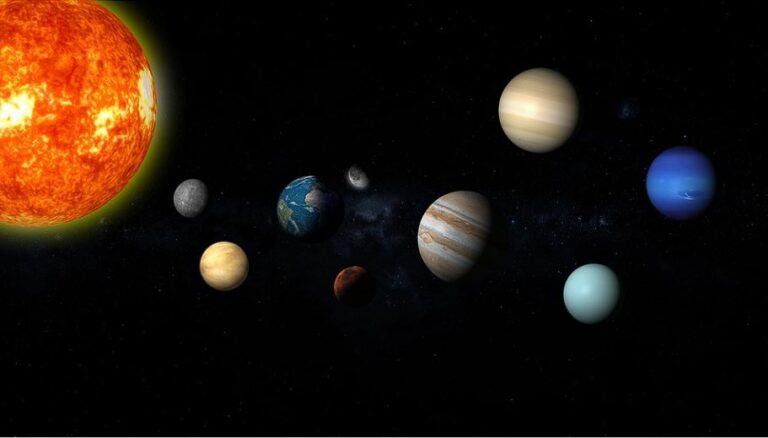Earth probably shouldn’t exist.
That’s because the orbits of the inner solar system planets — Mercury, Venus, Earth and Mars — are chaotic, and models have suggested that these inner planets should have crashed into each other by now. And yet, that hasn’t happened.
New research published May 3 in the journal Physical Review X(opens in new tab) may finally explain why.
Through a deep plunge into the models for planetary motion, the researchers discovered that the motions of the inner planets are constrained by certain parameters that act as a tether that inhibits the system’s chaos. Besides providing a mathematical explanation for the apparent harmony in our solar system, the new study’s insights may help scientists understand the trajectories of exoplanets surrounding other stars.
Unpredictable planets
Planets constantly exert a mutual gravitational pull on each other – and these little tugs constantly make minor adjustments to the planets’ orbits. The outer planets, which are much larger, are more resistant to little tugs and so maintain comparatively stable orbits.
The problem of inner planet trajectories, however, is still too complicated to solve exactly. In the late 19th century, mathematician Henri Poincaré proved that it is mathematically impossible to solve the equations governing the motion for three or more interacting objects, often known as the “three body problem.” As a result, uncertainties in the details of the planets’ starting positions and velocities balloon over time. In other words: It is possible to take two scenarios in which the distances between Mercury, Venus, Mars and Earth differ by the slightest amount, and in one the planets smash into each other and in another they veer apart.
more at livescience.com
Ask me anything
Explore related questions





